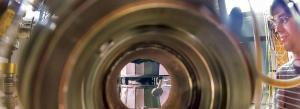What’s New
16 May 2016
ITER news digest for the period of 9 May 2016 to 16 May 2016.

BBC Radio explores fusion and ITER


Désolé, cette page n'existe pas en français.

